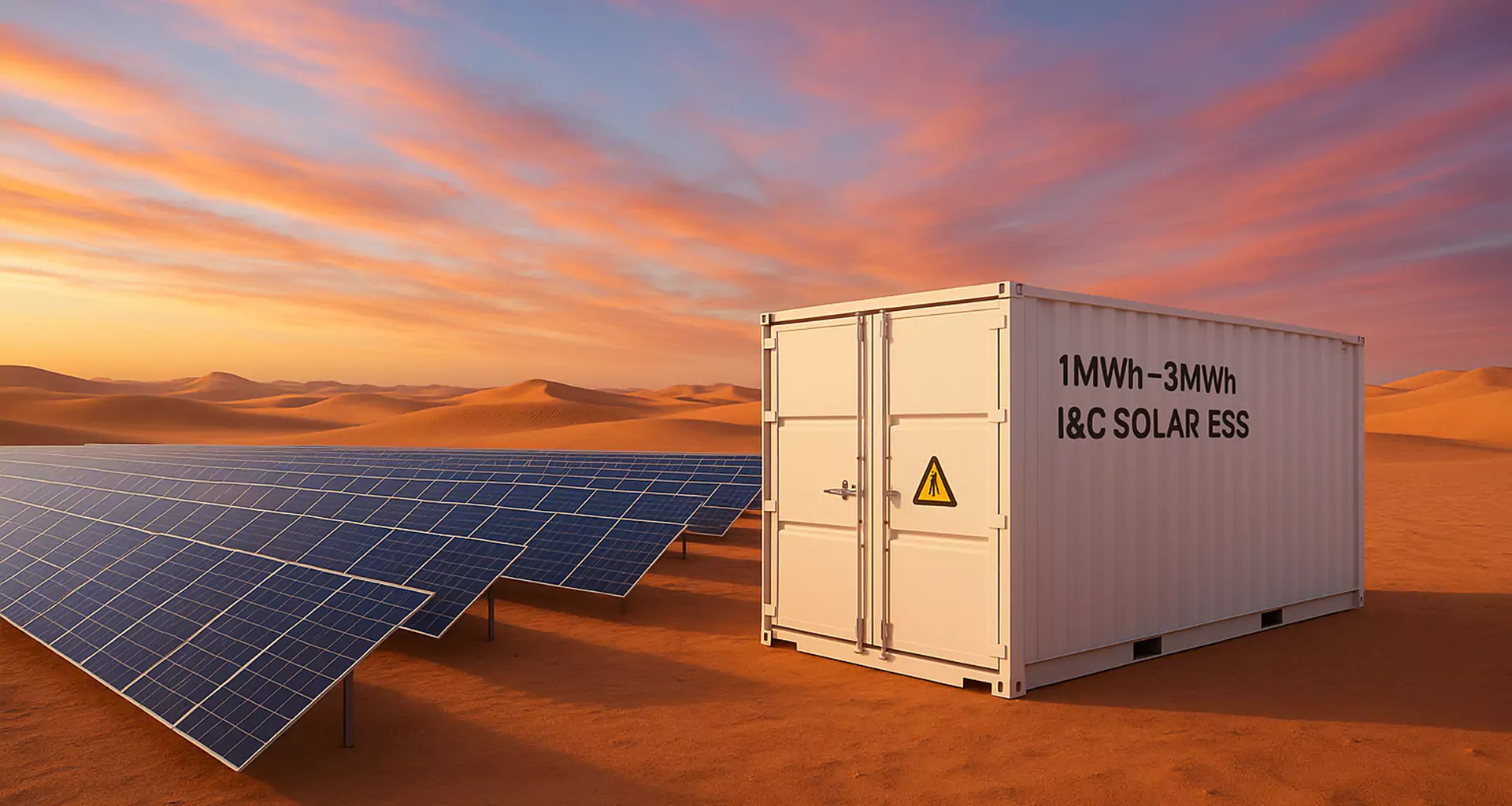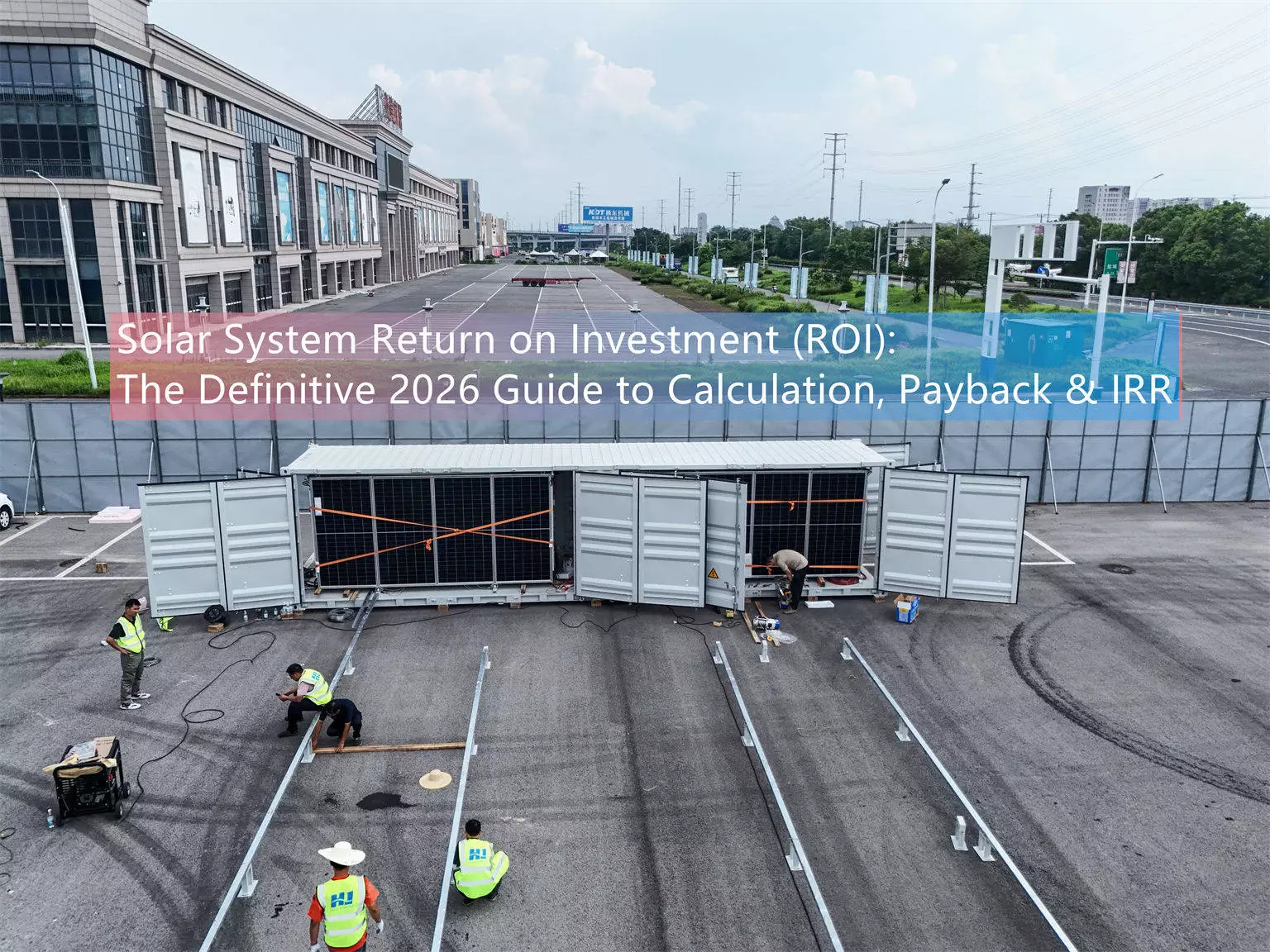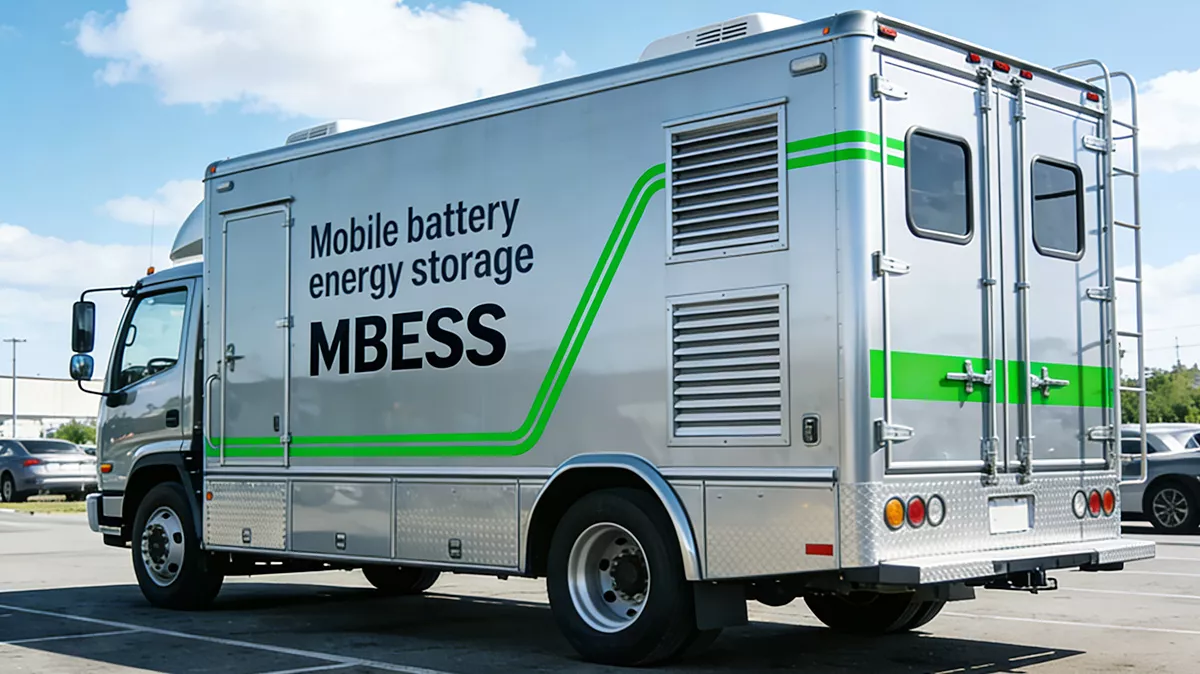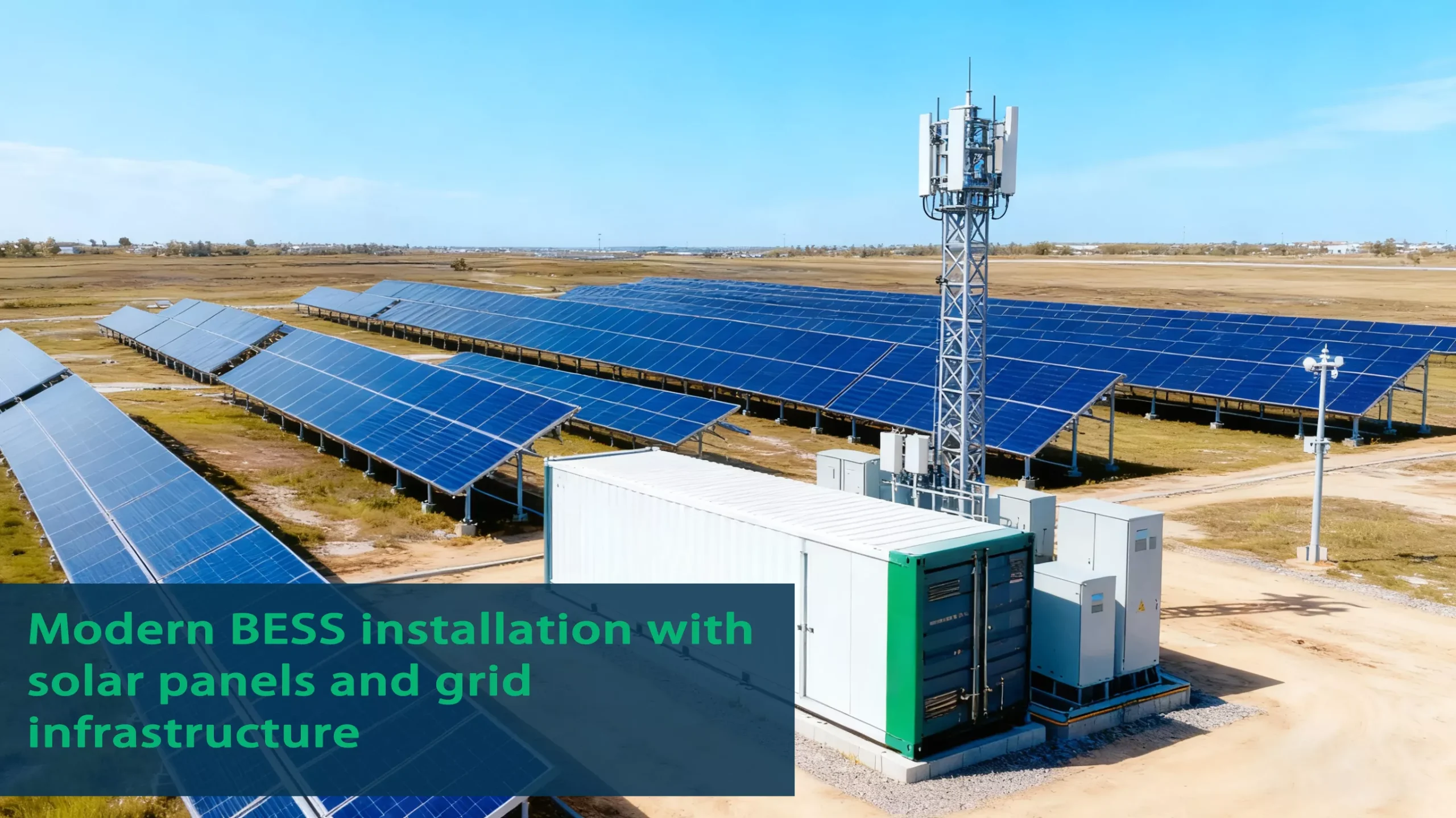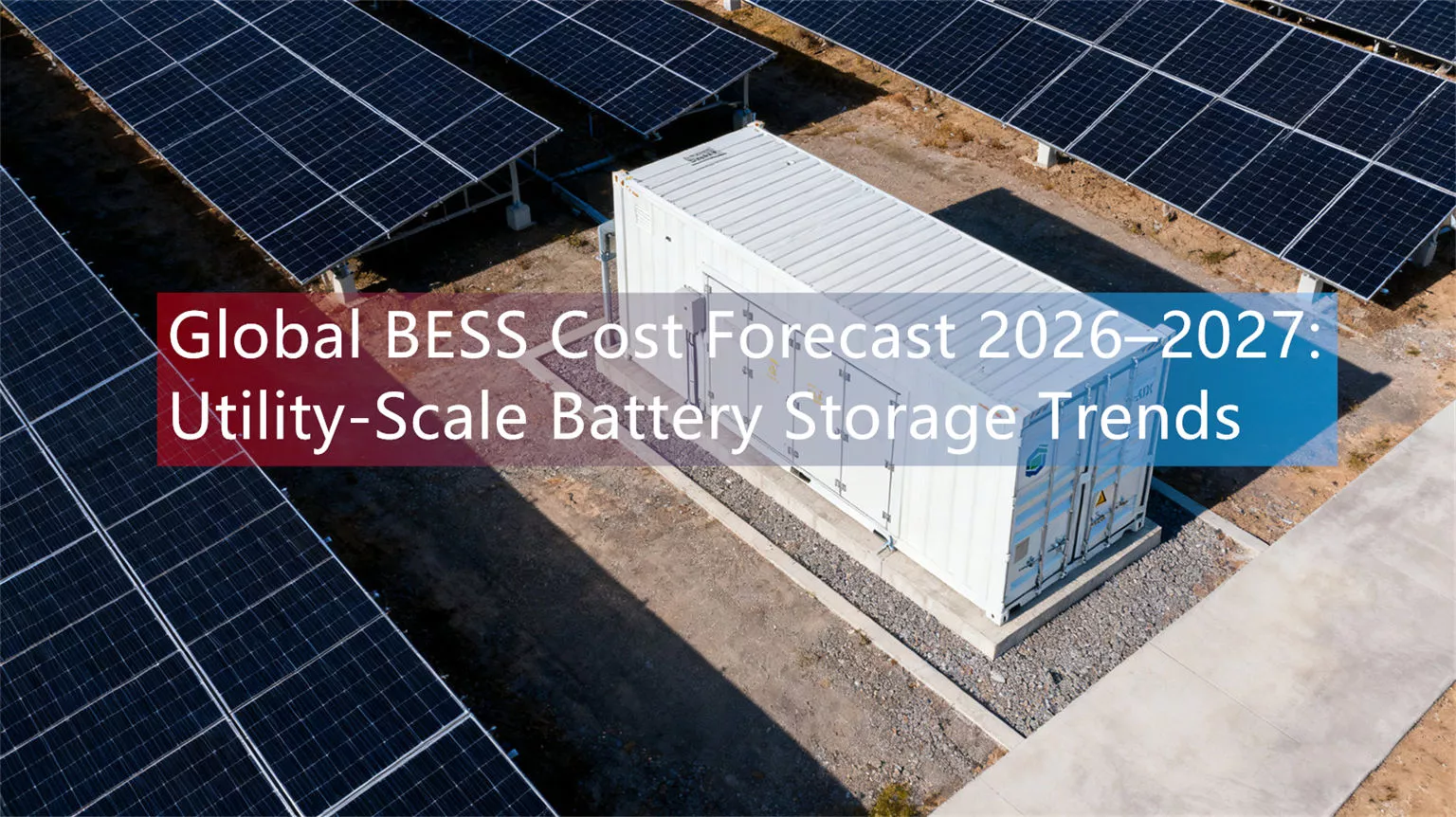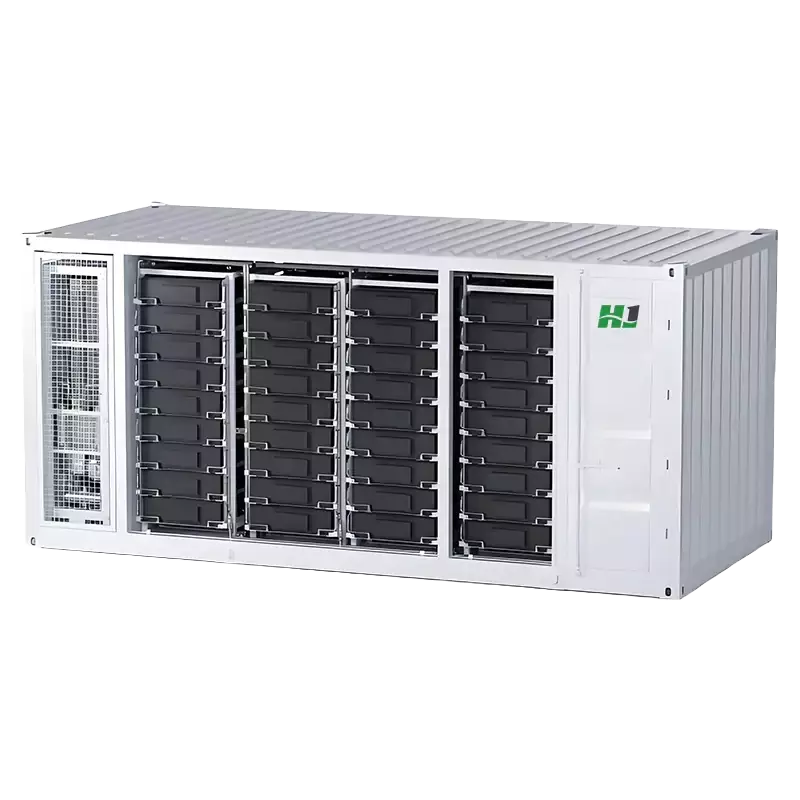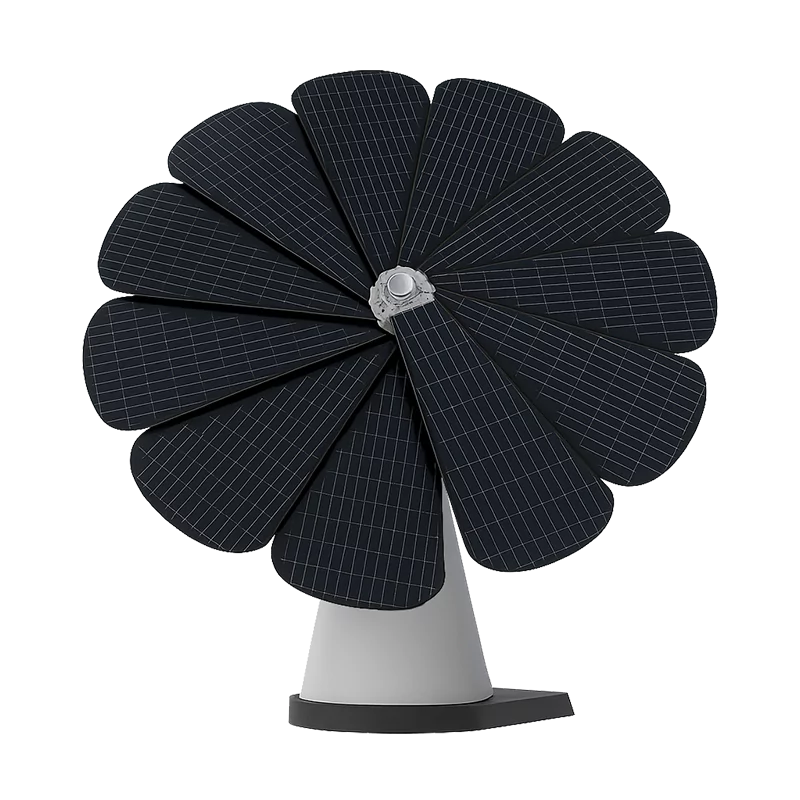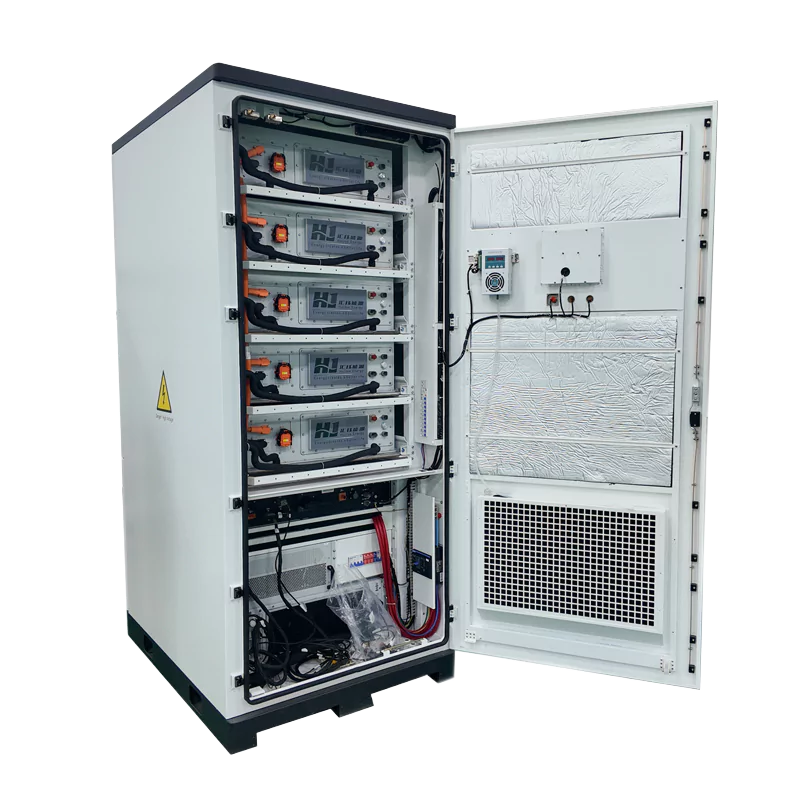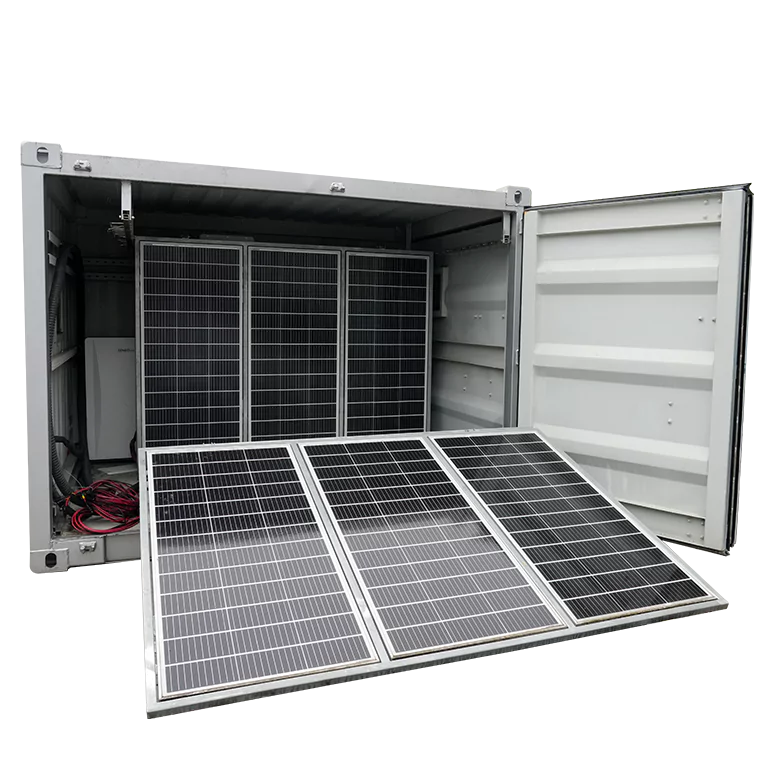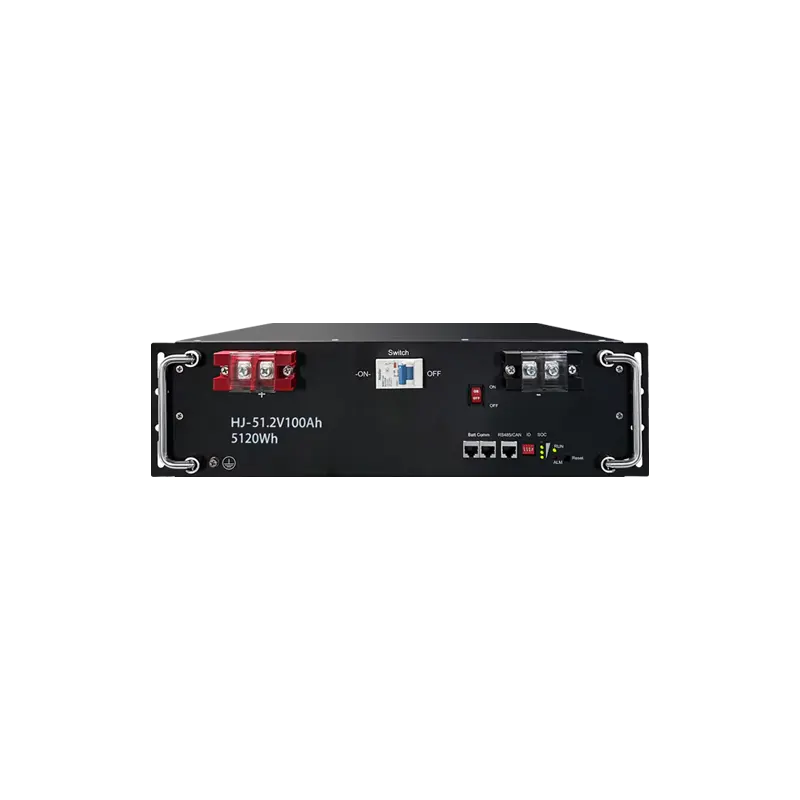European Mobile Energy Solutions: Transforming Energy Management with Flexible Power
As Europe speeds up its transition to renewable energy, the demand for flexible, scalable and sustainable energy solutions is growing rapidly. Mobile energy solutions – which include battery storage containers, bidirectional electric vehicle (EV) systems and modular energy systems – have come to be a key enabler of the power transition. These solutions are transforming how Europe manages grids, stores electricity and supplies off-grid power. This article combines the contemporary technological advances, market traits and real-world instances to exhibit how European mobile energy solutions are reshaping electricity management.
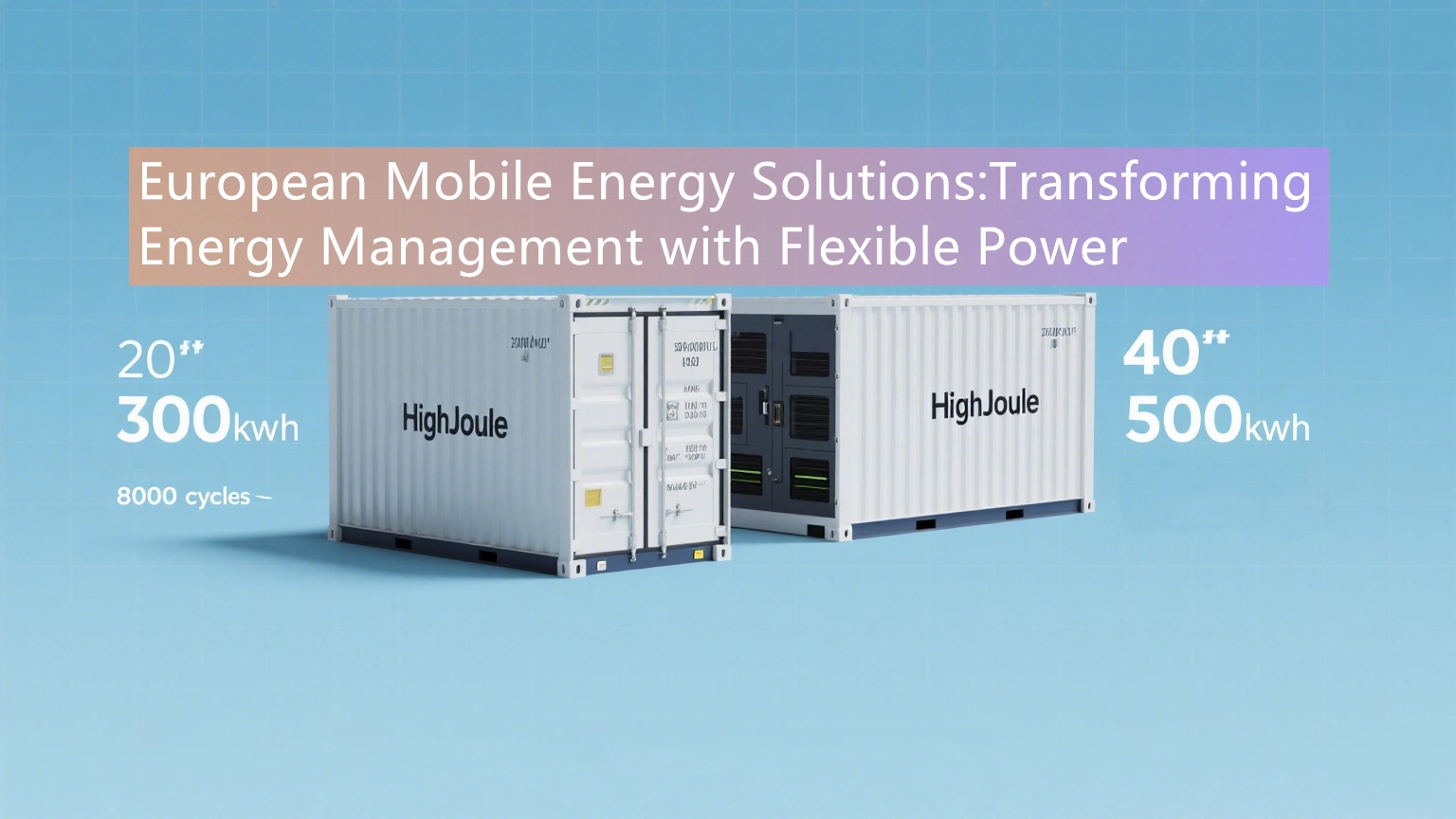
1. Technological Evolution: From Static Storage to Mobile Flexibility
Bidirectional Charging (V2X)
Electric automobiles (EVs) are no longer simply buyers of energy. Vehicle-to-Grid (V2G) science lets in electric powered cars to feed energy again to the grid at some stage in high-demand periods, turning them into mobile energy storage units. Projects like the one Renault is working on with The Mobility House in France show the large plausible of V2G. By 2035, if 25% of electric powered automobiles in Germany are V2G-enabled, the country will be able to access 28GW of flexible electricity – equal to the potential of 15 nuclear energy plants.
Mobile battery storage containers
These mobile storage devices are typically deployed in 20-foot or 40-foot containers and are designed to seamlessly join to the grid system, manipulate extra electricity and grant backup power. For example, E.ON’s IElectrix challenge in Hungary makes use of cellular storage to take in photo voltaic voltage fluctuations, making sure steady grid operation besides high-priced upgrades.
| Parameters | Industry Standards | HighJoule Solution Examples |
|---|---|---|
| Capacity | 200–500 kWh | 300 kWh (20 ft) / 500 kWh (40 ft) |
| Cycle Life | 6,000 cycles at 80% retention | 8,000 cycles |
| Grid Support | Peak Reduction, Frequency Regulation | + Black Start Capability |
| Deployment Time | < 24 hours | < 12 hours |
2. Mainstream Application Scenarios and Economic Impact
-
Emergency Power and Grid Rescue
During Germany’s wind curtailment crisis in 2023, Nissan Leaf electric cars stored excess wind energy in the north and transmitted it to the south by way of V2G, avoiding €2.1 million in grid balancing fees per month and reducing 800,000 tons of CO2 emissions per year. Similarly, mobile storage containers helped avoid grid overload and maintained grid steadiness at some stage in Spain’s 2024 warmth wave.
-
Off-grid/industrial business sites
Mobile power storage additionally optimizes energy use in the industrial and industrial sectors. A German logistics enterprise decreased its energy costs by way of 30% with the aid of the use of a 200kWh cell storage system. The machine shops electrical energy all through low-price hours and offers energy for forklifts and lighting fixtures at some point of steeply-priced daylight hours hours, reaching a return on funding inside 18 months.
-
Integration of renewable energy
In the Adeje Verde energy community in Tenerife, solar-powered cell batteries guide nearby microgrids, enabling residents to exchange extra photo voltaic power via blockchain, decreasing grid dependence by using 45%, demonstrating the achievable of mobile systems for electricity decentralization.
3. Market drivers: policy, economics, and competition
-
Regulatory support
The European Union’s policy to promote clean energy is driving the adoption of mobile energy solutions. The Ecodesign Directive requires energy equipment to provide 7 years of spare parts support, 8,000 battery cycles, and 5 years of software support, and five years of software program aid to make sure its long-term reliability. France and Germany presently exempt V2G individuals from grid expenses to encourage electric car owners and companies to integrate mobile energy systems.
-
Cost-effectiveness
The Fraunhofer Institute estimates that V2G technology could save the EU €22 billion per year via lowering the want for constant storage. Moreover, mobile storage containers have 50% lower upfront costs than fixed storage systems, and the payback duration for industrial customers is typically inside three years.
-
Competitive landscape
Companies like Alfen (Netherlands) and The Mobility House (Germany) are main in V2G software development, whilst EnerSys and HighJoule center of attention on supplying rugged mobile storage solutions for harsh environments.
4. Actual case studies
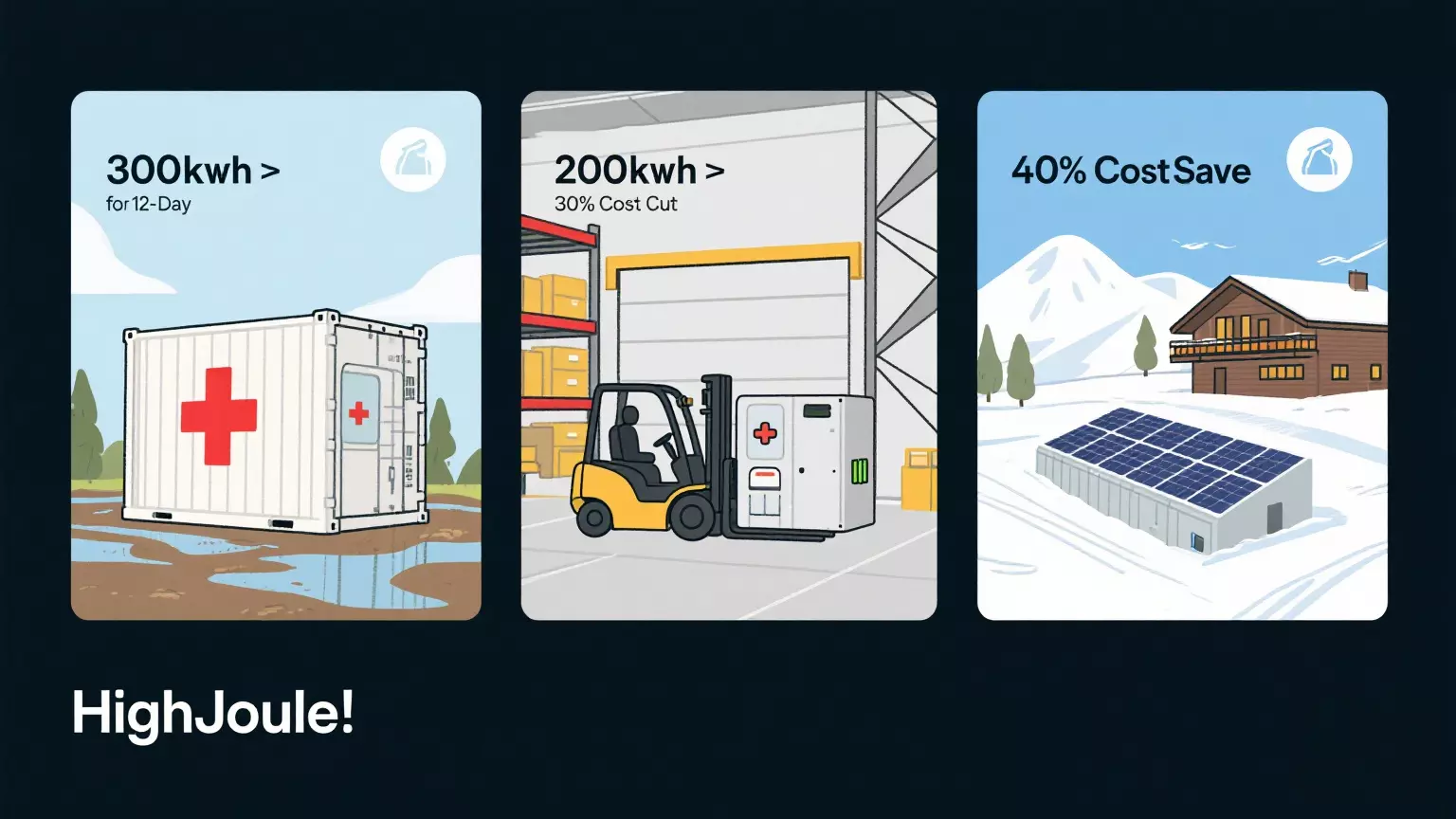
-
Case 1: Tennet’s V2G pilot venture (Germany, 2023)
- Challenge: Grid congestion pressured the northern wind farm to shut down.
- Solution: More than 50 Nissan Leaf electric powered motors outfitted with bidirectional chargers keep extra wind power.
- Result: 1.2MWh of flexible electricity was supplied to the southern grid, saving €4.8 million per 12 months and lowering 1,200 lots of CO2 emissions.
-
Case 2: E.ON’s IElectrix Project (Hungary, 2024)
- Challenge: A 10MW photovoltaic park faced a 2-year grid access delay.
- Solution: A 500kWh mobile storage container used to be deployed to manipulate voltage fluctuations.
- Result: Immediate grid access, €300,000 in misplaced income restored, and 15% greater utilization of renewable energy.
5. Market Trends and Price Analysis
Comparative Price Analysis
100-200kWh systems commonly value between €30,000 and €60,000 for brief business use.
500kWh and above systems typically cost between €120,000 and €250,000 for industrial and large-scale applications.
Compared to fixed storage, mobile systems cost up to 35% less, supplying a extra low-priced and scalable energy solution, specifically when constructing everlasting grid connections in far flung areas.
Growing demand for sustainable solutions
European regulations, such as the carbon border adjustment mechanism, have pushed enterprise to minimize its reliance on fossil fuels. This has additionally led to a 40% annual extend in demand for mobile energy systems powered with the aid of renewable energy, with Germany, France and Spain being the important markets.
6. Future traits in mobile energy solutions in Europe
The future of mobile energy solutions in Europe advantages from renewable power targets, technological advances and a altering regulatory framework.
-
Market enlargement and capability targets
Europe’s renewable energy transition is accelerating. By 2030, the EU plans to gain a 45% renewable power share and will require 200GW of storage ability to stability intermittent wind and photo voltaic power. Mobile storage will play a key position in reaching these goals.
-
Technological innovation
- Dominance of LFP batteries: By 2027, lithium iron phosphate (LFP) batteries are set to become the standard for European mobile energy systems. Their appeal stems from three key strengths: a cycle life exceeding 6,000 charges, energy efficiency of 92%, and a 30% lower cost compared to NMC batteries—making them particularly well-suited for the cost and durability demands of mobile energy applications.
- AI-optimized power management: AI will be an increasing number of used to optimize mobile energy fleets, predict demand and optimize grid support.
- Green hydrogen integration: Mobile gadgets will be used in conjunction with electrolyzers to produce zero-carbon industrial fuels.
-
Regulatory changes
The EU’s digital battery passport will take impact in 2027, requiring traceability of substances (such as lithium, cobalt) and lifecycle carbon emissions for all industrial batteries. This will promote localized LFP production, such as Envision AESC will operate its Spanish Gigafactory in 2026, supplying 10GWh/year of LFP batteries to the European market, decreasing dependence on Asian imports.
7. Key benefits of European mobile energy solutions
- Flexibility: Rapid deployment from remote sites to urban emergency sites.
- Sustainability: Significantly reduces carbon emissions compared to fossil fuels.
- Cost savings: Long-term financial savings via environment friendly use of energy.
- Reliability: Advanced science ensures steady overall performance and backup capabilities.
Find Your Solar + Battery Storage Specialist Now!
* Fill out this form and our experts will help you find the perfect solar storage solution for your home or business.


